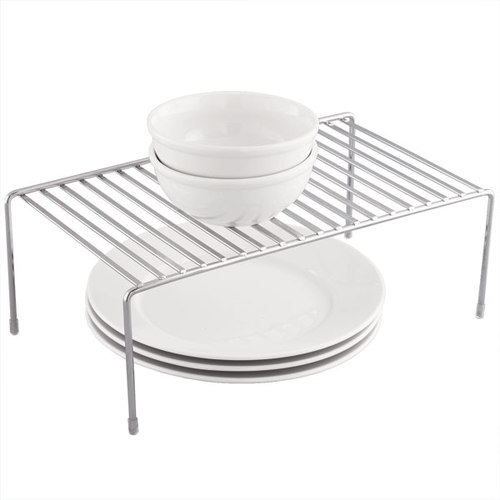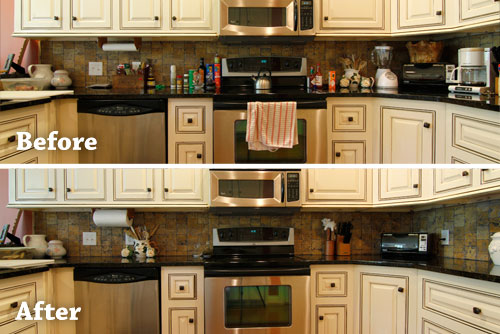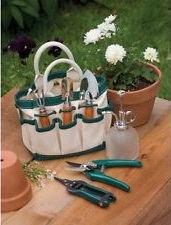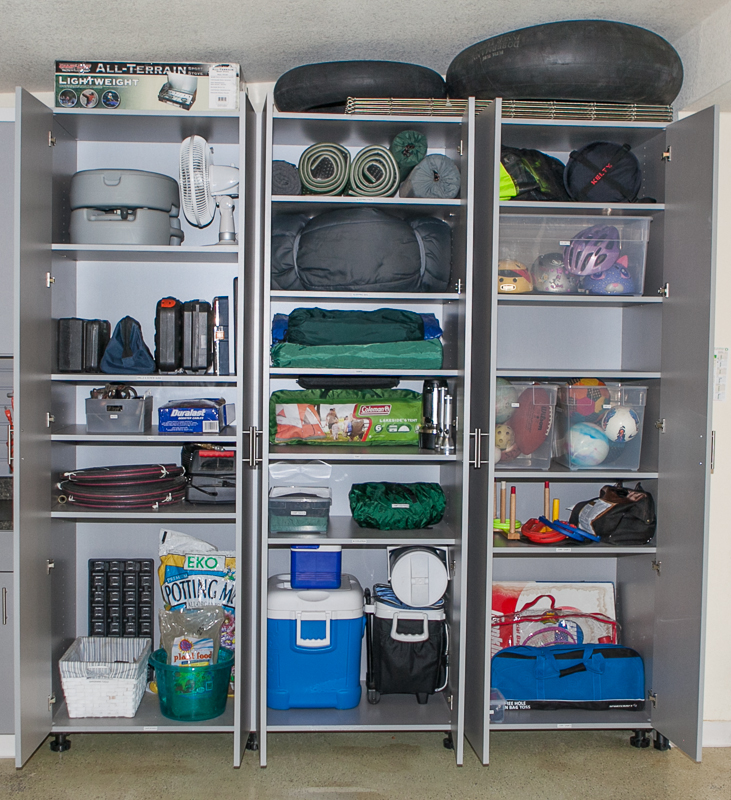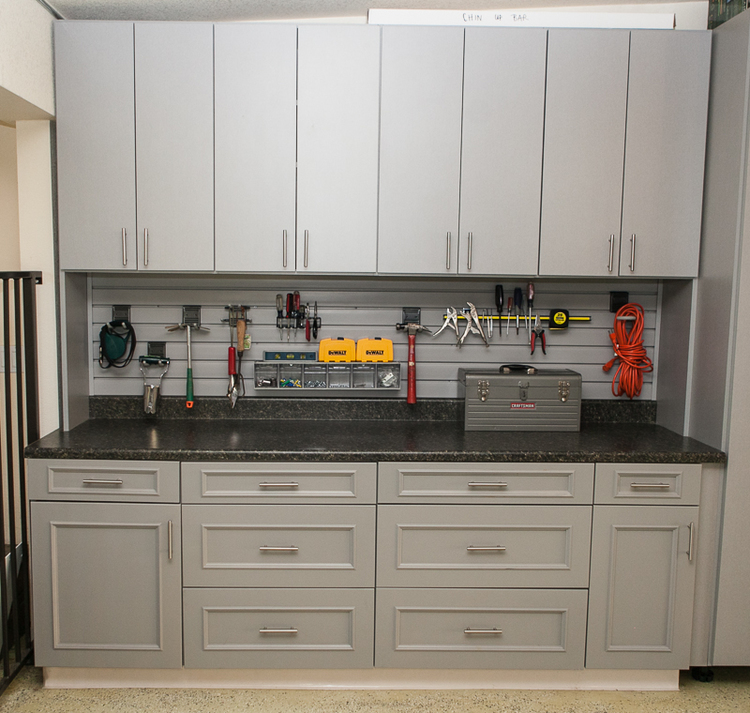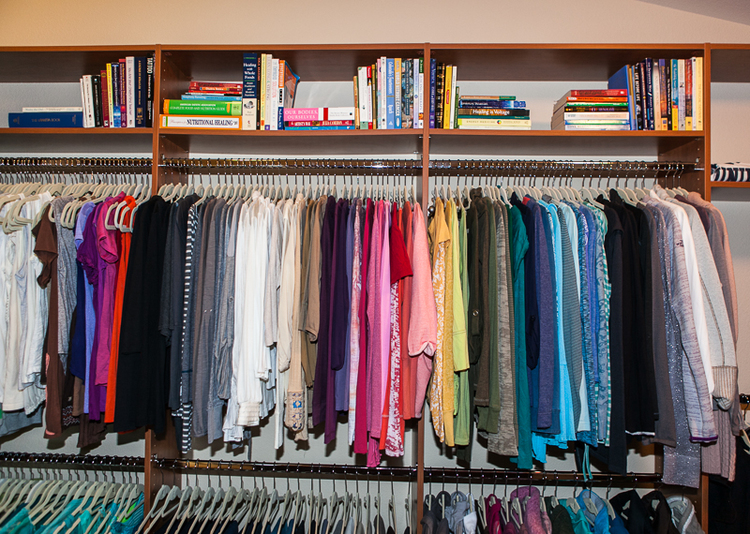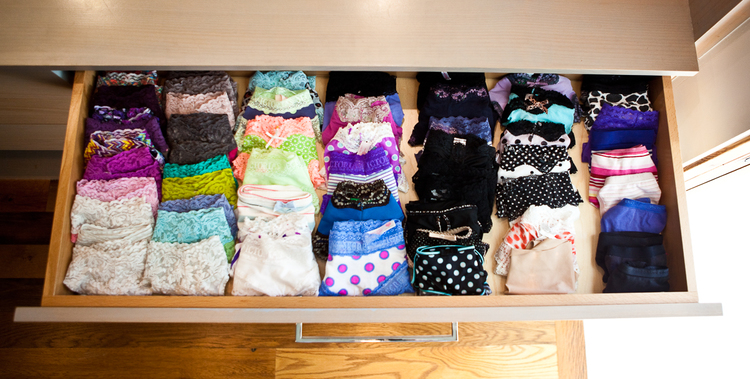Why “The Container Store” will always be “The Candy Store” to Me
/Okay. It’s time for a true confession. It’s been a while since the last one when I revealed that I, the Maven of Minimum, have three ice-cream makers. I know--shockers! Well, here’s the next big reveal.
The Container Store is my favorite place to shop.
I love it so much that, yes, my colleagues and I here at Org & Relo refer to it as The Candy Store. They have a sweet solution no matter what your taste, their service is impeccable, and their products cater to all design styles and tastes. Bottom line, if you shop there you simply can’t go wrong.
(You should know that I don’t get paid or perked for telling you this. I’m just a fan, spreading the word.)
Since I buy much and often here, I thought it might be fun to tell you about my five favorite candy store items. These are my go-to organizing top picks for almost any job I’m on.
Linus clear organizers come in several shapes and sizes and are perfect for bathroom, kitchen (drawers, pantry, fridge), crafts, and anywhere that drawers or cupboards need to be whipped into shape. You can use the deep ones for kitchen junk drawers and bathroom cosmetics and the shallow ones for cutlery and utensils. All you need to do is take the inside measurements of the drawers you’re organizing, go to The Candy Store, and then map out the Linus products on the floor until you get the right config for your plan. It’s the best kind of puzzle! Make sure you consider in advance how you want to divide and store your items so that you get the sizes that work best, and use the same depth for each drawer for a consistent look. You can also use them on shelves or open surfaces--the non-slip rubber feet keep them solidly in place.
These simple bins that come in small and large will work in many different areas of your home. I love them in the bathroom to corral larger bottles like moisturizer and mouthwash or under the sink for hairdryers and brushes. You can also use them in your child’s room for toys since they’re light and easy to grab, on the coat closet shelf for gloves and hats, or inside your entertainment center for DVDs. Put a couple small ones on a pantry shelf for loose granola bars, kids’ snacks, or random jars that always seem to be traveling around without warning.
I use these to eliminate dead space in under-the-sink cabinets (in these areas often the plumbing can get in the way of shelving options) or any place where I need to make better use of vertical space. Take an overview of your kitchen and pantry cabinets and see how these can magically create more space, especially in a tiny kitchen. They also make taking down stacks of dishes easier when they’re separated instead of being piled in one gargantuan stack. One of the things I love best about The Candy Store is how much thought goes into the design of the products they carry: in this case, the wires are flat to hold items securely and the lip at the back stops things from sliding.
These inexpensive plastic boxes are transparent enough that you can easily see the contents on lower shelves, but it’s a good idea to label them when using them for storage. All kinds of random collections can go into them: gift wrap, winter wear, first aid items, fabric swatches, kids’ crafts, as well as what they are designed for: shoes, accessories, and sweaters. A smart move when storing shoes is to take a picture of each pair, affix it to the front of the box, and then stack the boxes with the photos facing out; makes it super easy to select your footwear.
Huggable Hangers and Ultra-Slim Finger Clips
This seems like a small thing, but I assure you it’s not. You know how you used to buy all those different hangers for skirts and dress pants? Well, those days are over! Grab a few stacks of huggable hangers (great for maximizing space in your closet) and then add a couple boxes of clips. Now with two quick squeezes you can transform a shirt hanger into a skirt hanger--and then transform it back, any time you want. Plus the hangers match each other and give your closet a thoughtful, consistent look. A professional organizer’s dream!
Keep this in mind as you cruise the aisles of The Candy Store, looking to satisfy your personal cravings: 51% of anything is looks and 49% is function. I firmly believe that if you don’t think it looks good, it will not function for you. So make sure you buy what you love; then sit back and watch it work its magic!
Happy Organizing!





